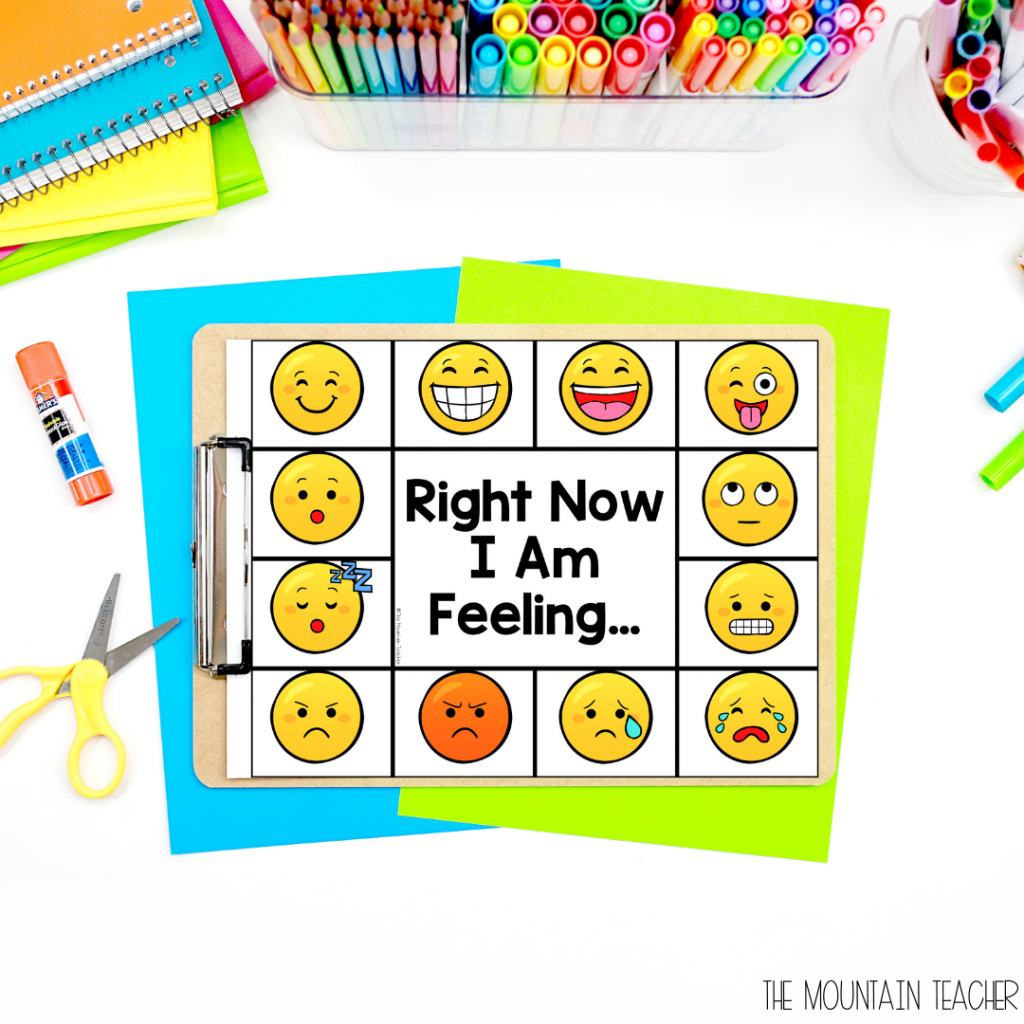Ideas for Managing Emotions in the Classroom

Do you have a student or multiple students who struggle with managing emotions in the classroom? Using a feelings check in chart for students is a great way to teach students about emotional regulation, and also to help log communication between teachers and students.

What is a Feelings Chart?
A feelings chart is a table listing different emotions students might be experiencing throughout the day.
Feelings charts can include images to help students identify how they are feeling if they are unable to read or fully understand emotional words.
A feelings chart can also include a component for students to identify what to do when they are experiencing a certain emotion. This is especially helpful for negative or strong emotions.

How Does It help?
Feelings charts help students identify and regulate their emotions.
First, students identify what type of mood or feeling they are experiencing.
This can range from extremely positive, to extremely overwhelming feelings.
Then, students can identify what the appropriate response to that feeling might be.
This is especially helpful for students who cognitively struggle to do this on their own.

Tips:
Allow students to be a part of the creation process for their feelings chart.
Talk to them about what helps calm them down when they are experiencing irregular emotions.
Give students new strategies to try to help regulate big emotions as well.
This communication log should be a living document that changes throughout the year as a child learns, grows and changes.
Their emotions chart should never be displayed or publicly shown to anyone other than the student and relevant teachers.
Resource:
If you are looking for an editable feelings chart to use with your student (or students) to help you with managing emotions in the classroom, you can grab the chart pictured in this article.
